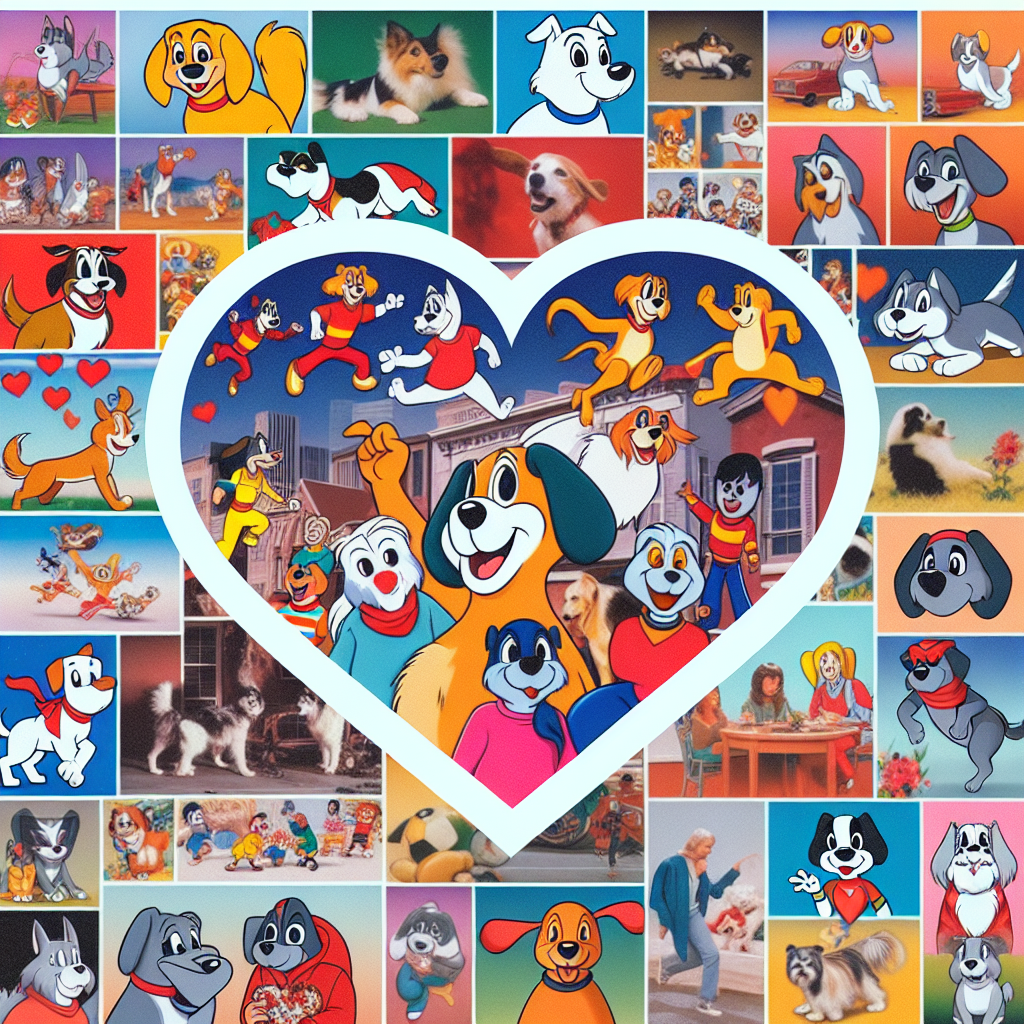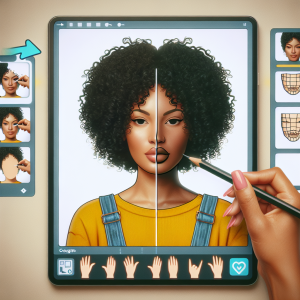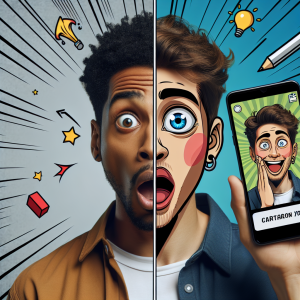When you think of animated characters who dug their paws into our hearts, there’s one breed that always stands out: dogs! The 1970s and 80s brought us a fabulous pack of furry friends, each more lovable than the last. From snarky hounds to noble pups, these cartoon canines filled our screens with laughter, adventure, and the sweet essence of loyalty. So, grab a snack, settle in, and join us on a nostalgic journey as we revisit the cartoon dogs that made our childhoods brighter and our hearts warmer!
The Beloved Beagle: Snoopy
No discussion about cartoon dogs would be complete without mentioning Snoopy, the iconic beagle from Charles Schulz’s “Peanuts.” Snoopy made his first appearance in the late 1950s but solidified his status as a beloved character throughout the 70s and 80s. With his wild imagination and love for adventure, Snoopy chased after a myriad of dreams—whether he was masquerading as the World War I Flying Ace or enjoying a nap atop his doghouse.
Snoopy’s charm lay in his quirky personality and the antics he got up to, often accompanied by his trusty sidekick, Woodstock. Their friendship resonated with audiences of all ages, showcasing a bond that transcended words. Snoopy wasn’t just a dog; he was a cultural icon, representing freedom, creativity, and love for fun.
Scrappy Doo: The Spirited Sidekick
There’s something undeniably appealing about a small dog with a big personality, and Scrappy Doo embodied this essence perfectly. Introduced in 1979 on the animated series “Scooby-Doo, Where Are You!”, Scrappy was the niece of the franchise’s titular Great Dane. Sporting a feisty attitude and a distinct catchphrase—”Let me at ’em!”—Scrappy quickly became a favorite among fans who appreciated his brave and often reckless behavior.
While some may have felt Scrappy overshadowed Scooby’s elegant goofiness, others embraced him as a refreshing addition. Scrappy reminded us all that being small doesn’t mean you can’t have a big heart or a brave spirit. His bravado often led to comical outcomes, making for countless laughs during Saturday morning cartoons.
The Majestic Great Danes: Scooby-Doo
Speaking of Scooby-Doo, this Great Dane couldn’t be left out! The show premiered in 1969, but it blossomed in popularity during the 70s and 80s. Scooby was more than just a dog; he was the quintessential haunted hero who, along with his friends, solved mysteries and chased down villains. His love for food was matched only by his knack for getting into trouble, creating an engaging blend of humor and adventure.
Scooby’s relationship with his gang, which included Shaggy, Velma, Daphne, and Fred, highlighted the importance of teamwork and friendship. And who could possibly forget his iconic catchphrase, “Scooby-Dooby-Doo, where are you?” It became a rallying call for fans, symbolizing the carefree joy of childhood and the thrill of mystery-solving.
Droopy: The Relaxed Detective
With his slow-paced charm and deadpan delivery, Droopy Dog emerged as a distinctive character in the animated landscape. First appearing in the 1940s, Droopy found his way into the hearts of viewers during the 70s with various reruns and revamped shows. His laid-back persona never failed to make us chuckle, whether he was outsmarting foes or navigating hilarious escapades.
What made Droopy so delightful was his unshakeable calm in the face of adversity. While other characters panicked and fretted, Droopy’s understated humor allowed him to remain a lovable underdog. His sheer coolness was a refreshing take that made viewers root for him, making him a classic emblem of resilience.
Brian Griffin: The Canine Philosopher
Fast forward to the late 90s, and we find Brian Griffin from “Family Guy”—a character that embodies the transition into a more adult interpretation of cartoon dogs. He received his debut in 1999, but the influence of 70s and 80s animated dogs certainly paved the way for his witty, sometimes cynical personality. Brian isn’t your typical cartoon dog; he walks, talks, and is often seen sipping martinis, engaging in philosophical musings and providing a unique comedic perspective.
Brian’s character invites viewers to explore deeper themes of life, love, and the absurdities of existence, all while maintaining that classic dog spirit. While he diverges from the family-friendly characteristics of many of his predecessors, he represents the evolution of animated canines in the modern era. This exploration brings us back to how cartoon dogs have always had an important identity on-screen.
Contestants in the Wacky Races: Muttley
Muttley, the wheezing and snickering sidekick of Dick Dastardly in the animated series “Wacky Races,” swept viewers off their feet with his infectious laughter and unmistakable personality. Though he may not have been the typical “hero” dog, his playful antics, and the ever-comical teamwork with Dastardly made him a beloved character of the late 60s and early 70s, with reruns further increasing his popularity.
Muttley’s personality illuminated the screen; his catchphrase, a snicker that seemed to say, “This is ridiculous, but I love it,” resonated with viewers during a time when carefree adventures took center stage. He represented the wildness of youth and inspired many with his friendships, adventures, and hilarious schemes, all of which made him unforgettable.
Barney the Dog: A Familiar Face in the Neighborhood
As kids, we were often enamored by the simplicity of friendship and the comfort of home, perfectly personified by Barney the Dog from “Barney & Friends.” Though the show hit screens in the 90s, its foundational lessons about friendship, inclusivity, and learning resonated deeply within families, drawing on the simplicity of beloved characters from the past. The show’s legacy can be traced back to the wholesome values celebrated in the 70s and 80s cartoons, where pet companionship was of utmost importance.
Barney the Dog was a warm representation of loyalty and encouragement, creating a safe and loving atmosphere where kids could learn and grow. His calm demeanor and comforting presence made him a maternal figure that transcended the barriers often found in other animated shows. He stood as a gleaming example of how significant pets are in our lives, especially during formative years.
Spunky: Rocko’s Best Friend
During the height of the Nicktoons boom in the 90s, the adorable character of Spunky, Rocko’s loyal dog in “Rocko’s Modern Life,” brought an endearing charm to our screens. Spunky provided a perfect mix of comedy and heart with his goofy personality and unconditional love for his owner. Though the show debuted in 1993, it was penned in the spirit of 80s cartoon simplicity, establishing a connection with that earlier era of animated fun.
Spunky illuminated the reality that dogs are often the most steadfast companions, helping to navigate life’s various challenges, whether that was coping with a grumpy neighbor or confronting awkward situations in their own unique way.
The Impact of 70s and 80s Cartoon Dogs on Pop Culture
The 70s and 80s were rich with delightful canine characters that shaped both television and our understanding of friendship, adventure, and humor. These cartoon dogs served as mirrors to human experiences, transcending their roles as mere animations. They presented a world where laughter, loyalty, and love thrived, inviting us to explore profound themes through the innocent lens of childhood.
As these canine companions emerged, they permeated pop culture as plush toys, merchandise, and even theme park attractions, creating tangible connections for fans. From Saturday morning cartoons to prime-time specials, these characters found their way into the hearts and homes of millions. They became part of our fabric, teaching valuable lessons about bravery, companionship, and the importance of togetherness.
Cartoon Canines: Bringing Us Together
The influence of these beloved cartoon dogs still echoes today. Their message of friendship and adventure continues to be a source of inspiration for new generations of creators and viewers alike. While we may have continued to watch different animated characters and shows, those doggy memories remind us of the tender innocence we all shared, grasping at the joy of exploration and the love that pets provide.
Frequently Asked Questions
Who is the most famous cartoon dog of the 70s and 80s?
Snoopy from the “Peanuts” comic strip and animated specials is often regarded as the most famous cartoon dog from the era. His imaginative spirit and beloved friendly nature resonated with fans around the world.
What makes cartoon dogs so endearing?
Cartoon dogs often embody traits we cherish in our real-life pets—loyalty, playfulness, and an unquenchable spirit. Their exaggerated personalities and antics allow viewers to connect emotionally, making them an unforgettable part of childhood.
How did cartoon dogs influence pop culture?
Cartoon dogs played a significant role in shaping media by becoming icons tied to various merchandise, events, and cultural references. They represent the values of friendship and adventure, leaving a lasting impact on how pets are viewed in popular culture.
Are there modern cartoon dogs inspired by the 70s and 80s characters?
Yes! Many modern cartoons feature characters that draw inspiration from classic cartoon dogs. Their storytelling and personalities often resonate with fans, linking today’s animated pooches to those beloved canines of the past.
Why were cartoon dogs popular in the 70s and 80s?
The popularity of cartoon dogs during the 70s and 80s stemmed from the era’s favorable depiction of family-friendly programming and whimsical adventures. Many shows tapped into themes of loyalty and humor, making them relatable and enjoyable for children and families alike.








+ There are no comments
Add yours